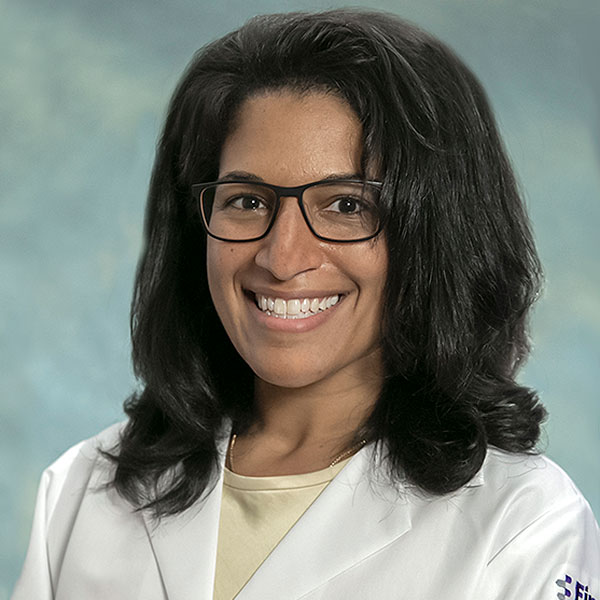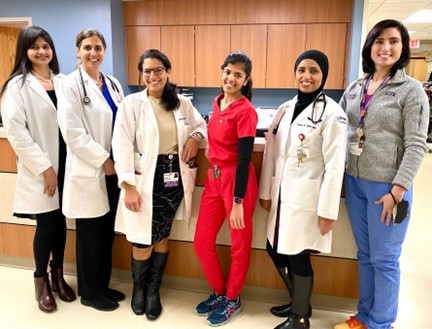Recruiting Women Fellows: Tips to Optimize Fellowship Program Websites

Virtual interviews are the current standard for applications to cardiology fellowship programs. Applicants prefer the cost reduction and flexibility with scheduling of virtual interviews according to a large, national cross-sectional survey of Fellows in Training (FITs) that applied to general cardiology and subspecialty fellowships between 2018 and 2021 [1]. Additionally, programs have exposure to a more diverse applicant pool. However, without the experience gained from an in-person interview, fellowship program websites take on new importance for applicants when deciding where to apply and making rank lists. As prospective cardiologists move through this year's application cycle of virtual interviews, fellowship programs can increase women fellow applicants' interest by considering the following recommendations for their program websites.
Renovate the Website
Updating the website annually is ideal. Review the date the program's website was last revised. If the last revision was before the COVID-19 pandemic, it is especially time to update. The website is a major representation of the fellowship program and the fellowship applicants' primary source of information about a program. It is important the program website is an accurate reflection of the program's goals and mission.
Include Information Women May Be Hesitant to Ask
Publish the fellowship program's approach to fellows with families by including statements on breastfeeding/lactation and parental leave, specifically whether it is paid or unpaid, for how many weeks, and what the protocol is for call coverage. Whenever possible, provide links to relevant departmental, graduate medical education and hospital policies.
Dedicated "Women in Cardiology" Area on the Website
Having a separate, distinct link for women in cardiology is ideal. Link to a description of any initiatives the program has specific to women in cardiology. This may include spotlighting women in leadership positions within the fellowship program, formal mentorship for professional development, and special interest groups within the department or hospital. Even a description acknowledging gender disparity in the field and the program's commitment to recruiting and retaining women faculty and fellows speaks volumes about a program's attitude toward women in cardiology.
 Members of the Einstein Healthcare Network’s Women in Cardiology Special Interest Group from left to right: Alekhya Potluri, MD; Nazanin Moghbeli, MD; Lauren Hunter, MD; Ruchika Bhargav, DO; Saima K. Dean, MD, FACC, and Ola Khraisha, MD.
Members of the Einstein Healthcare Network’s Women in Cardiology Special Interest Group from left to right: Alekhya Potluri, MD; Nazanin Moghbeli, MD; Lauren Hunter, MD; Ruchika Bhargav, DO; Saima K. Dean, MD, FACC, and Ola Khraisha, MD.
Highlight Diversity, Equity and Inclusion
Provide a brief statement on the program's inclusive culture and a link to relevant programs and policies within the hospital and/or graduate medical education.
Show Gender Statistics
If the program has a significant number of faculty or fellows who identify as women, clearly display the percentages, especially if they are higher than the national averages.
Add Photos and/or Video Clips
Photos of women fellows and faculty are always a plus. Include images of current women faculty and fellows working in the hospital and socializing outside work. Visuals of women fellows leading conferences, being mentored, presenting research, and even interacting with their children and/or families can increase applicant interest. In programs with few women cardiology fellows and faculty, it is important to highlight their leadership in the program and efforts being made for mentorship and career growth.
In the age of virtual interviews, increasing the number of cardiology fellows who identify as women may be as simple as adopting a recruitment strategy utilizing some of the website elements described above. Program websites have the power to attract or repel candidates. The most common reasons women are deterred from cardiology are poor work-life integration and lack of women role models in the field [2]. Cardiology fellowship programs can help change this perception and bridge the gender gap with websites featuring women at all levels of their career and by being transparent about how their culture is accommodating to mothers and young families.
References:
- Salik JR, Zern EK, McCarthy IR, et al. In-person vs virtual interview format for fellowships in cardiovascular disease. J Am Coll Cardiol 2023;82:465-68.
- Cader FA, Alasnag M, Banerjee S. Sealing the leaky pipeline: attracting and retaining women in cardiology. Open Heart 2021;8:e001751.

This article was authored by Lauren Hunter, MD, a FIT at Einstein Healthcare Network in Philadelphia, PA.
This content was developed independently from the content developed for ACC.org. This content was not reviewed by the American College of Cardiology (ACC) for medical accuracy and the content is provided on an "as is" basis. Inclusion on ACC.org does not constitute a guarantee or endorsement by the ACC and ACC makes no warranty that the content is accurate, complete or error-free. The content is not a substitute for personalized medical advice and is not intended to be used as the sole basis for making individualized medical or health-related decisions. Statements or opinions expressed in this content reflect the views of the authors and do not reflect the official policy of ACC.
